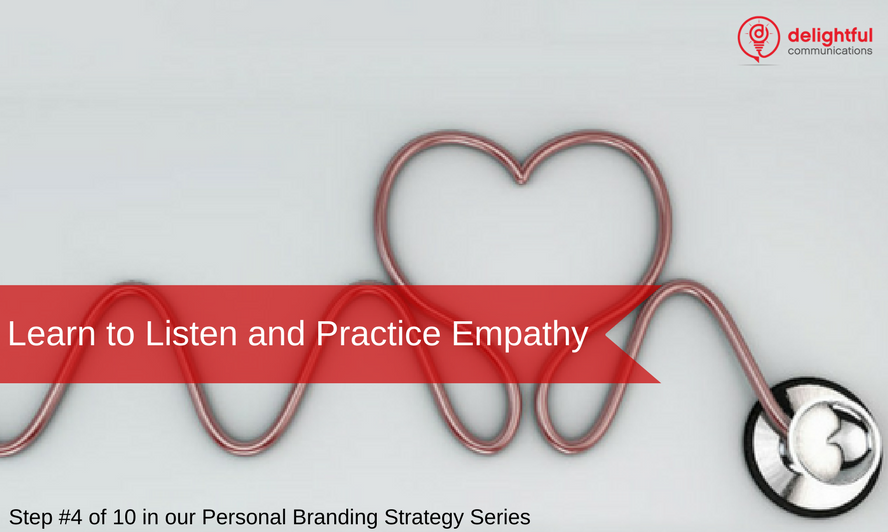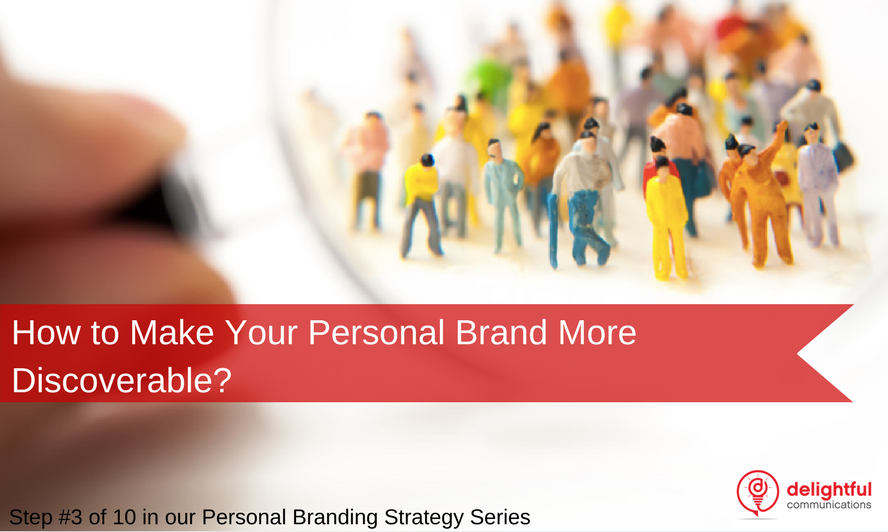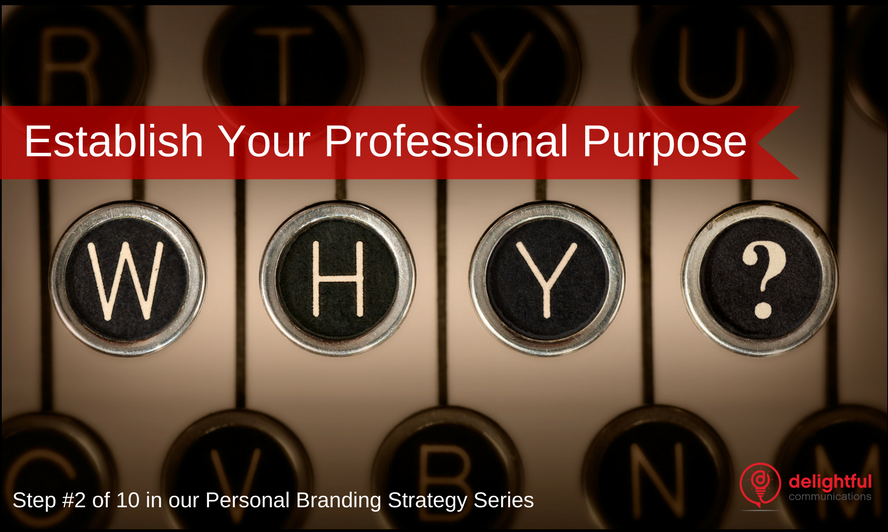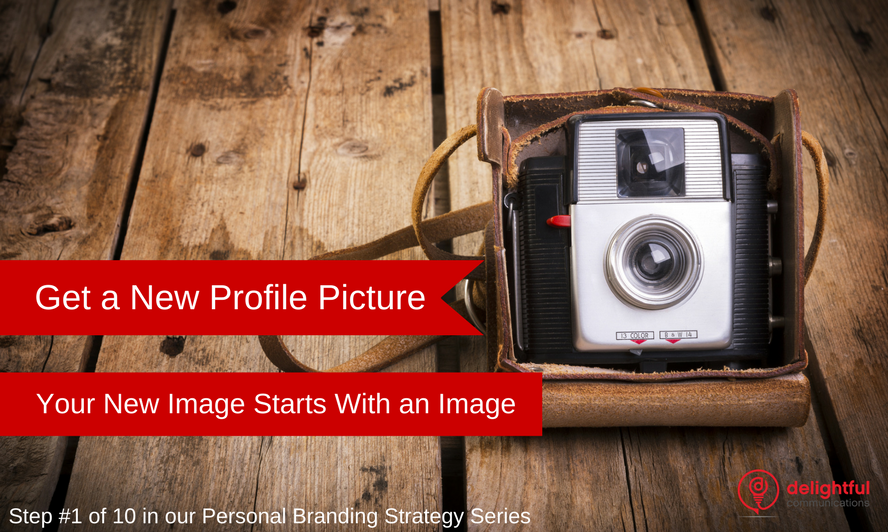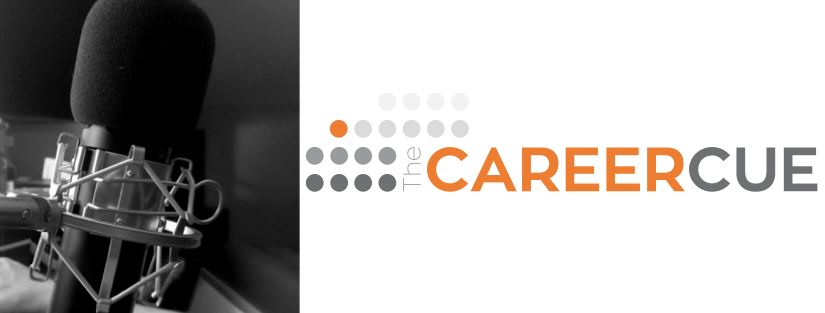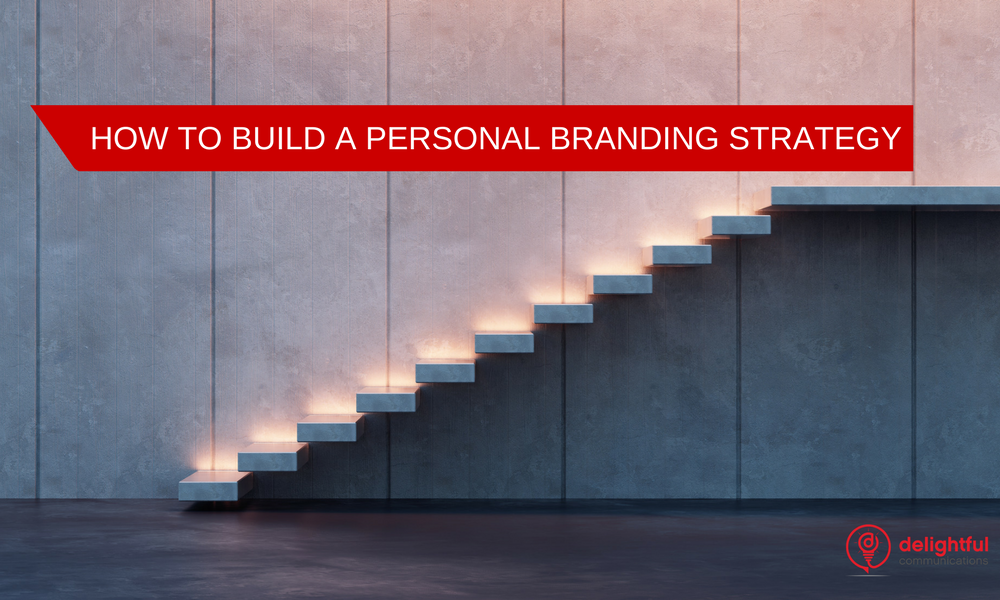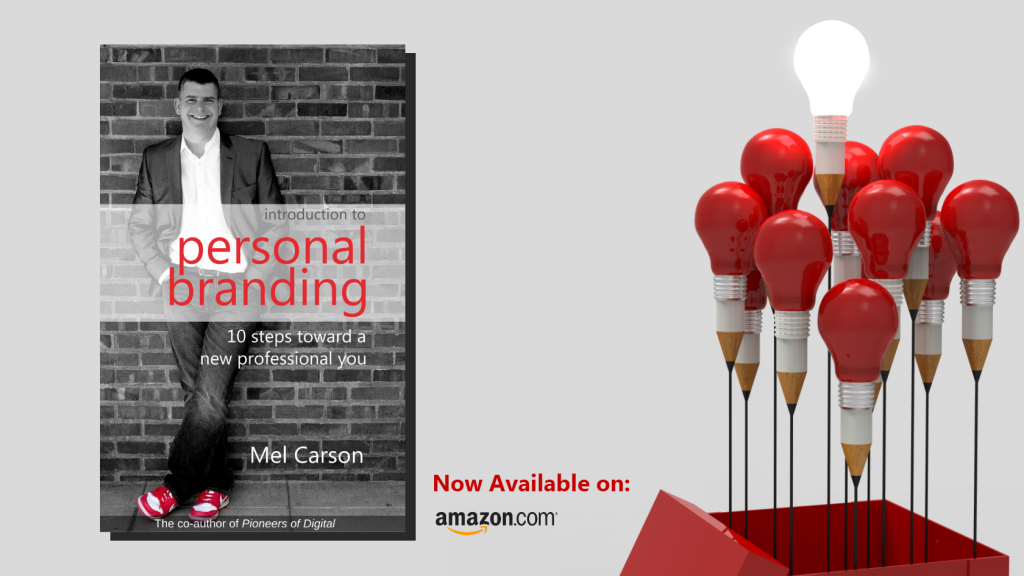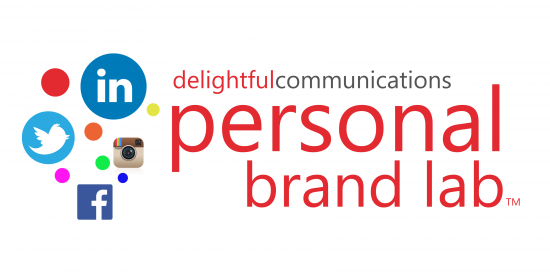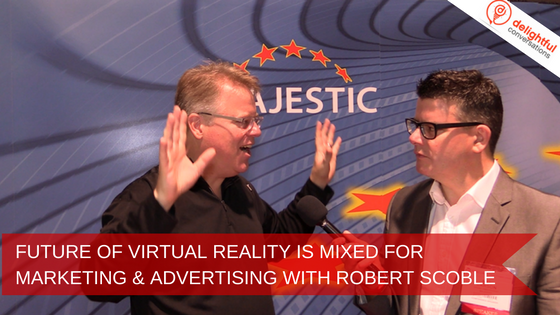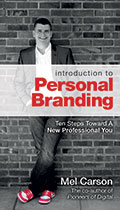In January 2017, I officially joined the Delightful Communications team.
For the previous 11 years, I worked at Microsoft in Learning and Development. During that time, I had a variety of roles; from team coordinator to learning and development specialist to finally a program manager for our flagship sales training program – Pitch Perfect.
I was successful in navigating through the learning team at Microsoft by having established a reputation for being consistent, driven and, ultimately, for getting things done.
I didn’t realize it at the time, but this was my personal brand and it opened doors and new opportunities for me within my team. But, while that was great, it didn’t really extend beyond my immediate network and I was ready for a change.
Over the past three months with Delightful – I have been primarily focused on our Personal Branding program. We offer a variety of services to help individuals and teams apply marketing principles and strategies to successfully brand themselves.
The benefits are both to the company and the individual.


